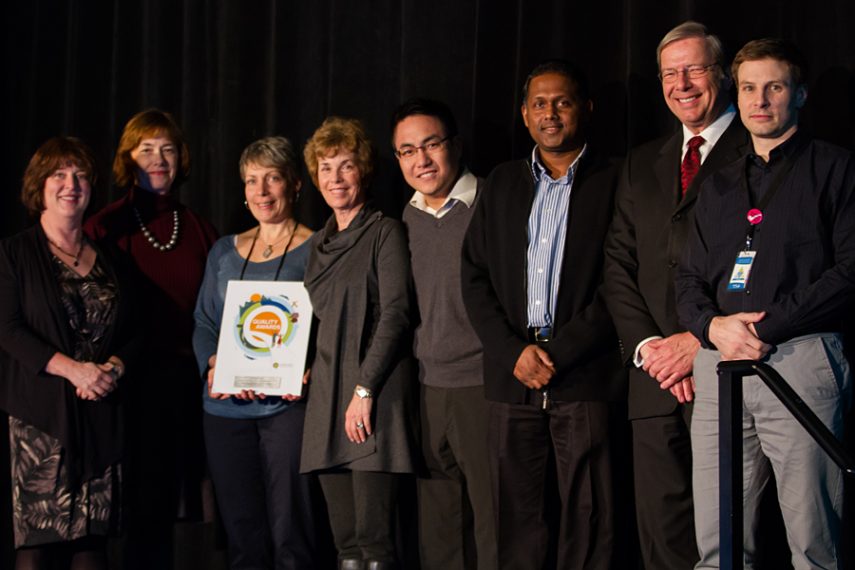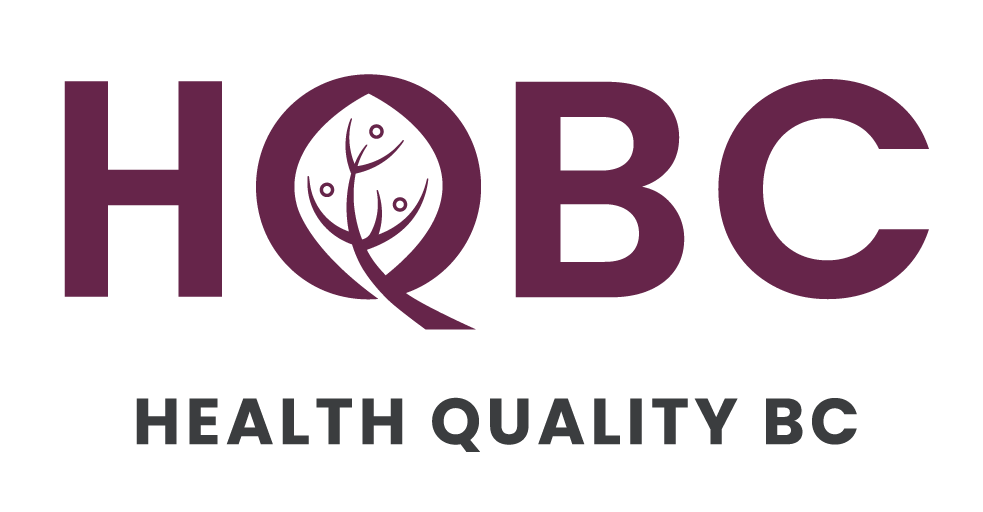This award was formally named “Getting Better”. Our Excellence in Quality category names changed in 2020 to reflect the updates to our BC Health Quality Matrix. Visit our Categories and Criteria page to find out more.
“How can we improve?”
That’s the question that a multidisciplinary team at Vancouver General Hospital (VGH) asked when considering how to decrease surgical site infections.

Development of a surgical site infection results in a 10 to 15% increased risk of death and, at VGH, an additional 16.5 days in the hospital if a patient is readmitted. In addition to increased morbidity from infection, there is often an associated loss of function, loss of income, and overall decreased quality of life. Most surgical site infections arise from the patient’s own naturally-occurring bacteria. Decolonizing (decreasing the bacterial load) prior to surgery substantially decreases the risk of an infection.
From June 2011 to May 2012, the team conducted an experiment. It used a combination of body wipes and nasal photodynamic (light) therapy as a pre‐surgical bacterial decolonization strategy instead of its usual method of wipes and nasal antibiotics, which has longer treatment requirements, poor compliance and emerging bacterial resistance.
The team was the first in the world to use photodynamic therapy for nasal decolonization. A .01% methylene solution is applied to the inside of the nose, and a light is applied via disposal nasal inserts for 2 minutes – immediately destroying any bacteria.
Over the course of the project, a total of 5300 patients were decolonized using the photodynamic therapy, and 443 patients were treated using the traditional methods. There was a 28% reduction in surgical site infections compared to the hospital’s historical average, a number that jumps to 39% if you exclude a cluster event that was investigated and corrected within the surgical speciality.
The risk of having a surgical site infection if a patient did not receive the photodynamic therapy was 3.8 times higher compared to those who did receive the therapy. This translates into 11 re-admissions avoided for a total of 184 hospital bed days that could be used for other purposes. A conservative calculation of the costs avoided was $1.3 million, which easily recovered the cost of the program.
The team also reports that, in addition to decreasing surgical site infections, the project raised awareness of the importance of preventing infections, increased communication and teamwork at multiple levels and across numerous services and departments, and also promoted antimicrobial stewardship.
The program has since received full funding and will be expanded both within the hospital to maximize the number of patients it treats as well as to other hospitals.

